1. Drinking Age at 21
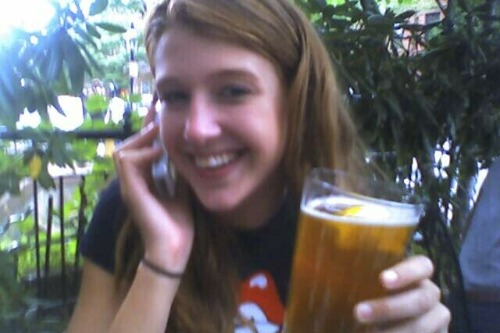
In most parts of the world, the legal drinking age is 18 or younger, so many tourists are shocked to find out you have to be 21 to legally buy alcohol in the U.S. This law is strictly enforced, with many establishments carding patrons who look well over the age limit. The U.S. raised the drinking age to 21 in 1984 to reduce drunk driving incidents, and states risk losing federal highway funds if they don’t comply. It’s rooted in public health policy, but still confounds those used to more lenient rules.
Meanwhile, you can vote, join the military, or be tried as an adult at 18, which makes the drinking restriction seem especially strange. Many foreigners don’t understand why someone considered responsible enough to carry a gun in uniform can’t legally have a beer. This contradiction often sparks awkward or tense moments for young tourists trying to order a drink. Some even get denied entry to bars or clubs entirely—even when they’re of legal age back home.
2. Tipping Culture
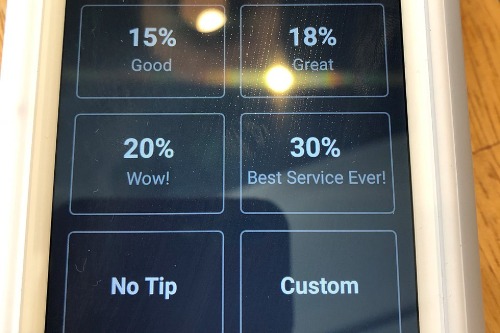
Visitors to the U.S. are often baffled by the expectation to tip nearly everyone in the service industry—servers, bartenders, valets, hairdressers, and even baristas. While tipping is technically optional, it’s deeply ingrained in American culture and expected in most situations. The standard 15–20% tip at restaurants surprises many tourists, especially those from countries where service charges are already included. Skip tipping, and you risk being seen as rude or disrespectful, even if the service was subpar.
What confuses tourists most is that wages for service workers in many U.S. states are far below minimum wage, with the assumption that tips will make up the difference. This isn’t the case in many other countries, where tipping is minimal or even frowned upon. The whole system feels arbitrary to outsiders, who are just trying to figure out the final bill. It often turns a pleasant dining experience into a math problem.
3. Health Care Isn’t Free

Tourists are often stunned to find out that basic medical care in the U.S. can cost hundreds or even thousands of dollars, especially if they come from countries with universal health care. A simple emergency room visit can result in a mountain of confusing bills from multiple providers. Even with insurance, Americans often face high deductibles, co-pays, and out-of-pocket expenses. For travelers, that can mean buying separate insurance or risking massive costs for minor injuries.
It’s confusing because America is one of the wealthiest countries in the world, yet it has one of the most expensive and complicated health systems. Visitors may assume that emergency care would be covered or subsidized in such a developed nation. Instead, they’re hit with a barrage of paperwork and sometimes aggressive billing. It turns an already stressful situation—getting sick abroad—into a financial nightmare.
4. You Can’t Always Walk Places
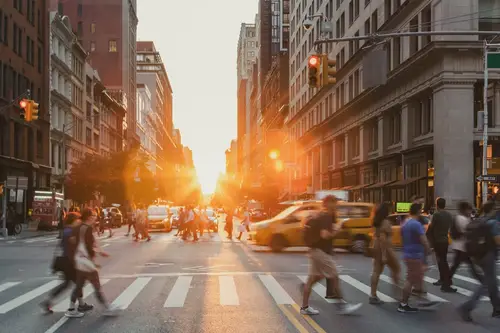
Many tourists are surprised to discover that American cities are often not pedestrian-friendly. Outside of places like New York or San Francisco, walking somewhere—even just to the store—might be impossible or even unsafe. Suburbs and many urban areas are designed around cars, with long distances between destinations and minimal sidewalks. In some places, not having a car feels like not having legs.
This can be especially jarring for visitors from Europe or Asia, where public transportation is widespread and cities are more compact. Tourists often find themselves stranded in hotel zones with nowhere to walk and no bus or train in sight. Renting a car quickly becomes a necessity, even for short trips. It’s a logistical headache for those expecting to explore on foot.
5. Political Yard Signs

Seeing people’s front lawns plastered with signs supporting political candidates or causes feels odd to many international visitors. In the U.S., it’s common—and legal—to display your political beliefs publicly during election season. Tourists from countries where political expression is more private or even discouraged can find this level of visibility intense. It’s like every street turns into a battleground of ideologies.
It’s also surprising just how personal and divisive these displays can be. In some neighborhoods, it might feel like walking through a live-action Facebook comment thread. Some tourists even worry about offending someone just by taking a photo near a sign. The sheer intensity of public political identity can feel more alarming than patriotic.
6. Sales Tax Surprise
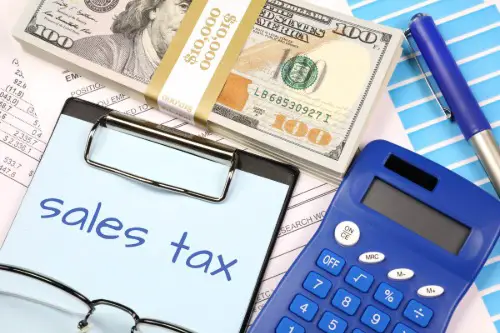
Prices in American stores rarely include sales tax, which comes as a rude awakening at the checkout counter. If something is labeled as $9.99, it could end up costing closer to $11 depending on the state and local tax rates. Tourists unfamiliar with this system often don’t realize the final price isn’t what’s listed on the tag. That extra calculation throws people off and can feel misleading.
Most countries include taxes in the listed price, so what you see is what you pay. In the U.S., the tax rate varies not only by state but sometimes by city or county. This inconsistency is confusing and makes budgeting tricky for visitors. Many tourists leave feeling like they’ve been nickeled and dimed without warning.
7. Obsession With College Sports
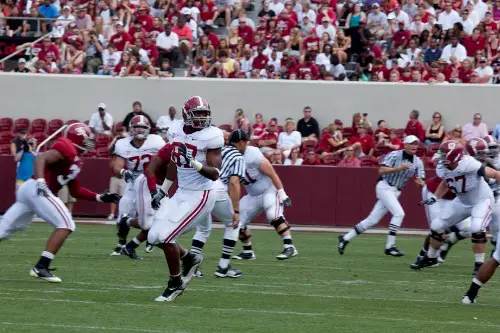
It’s hard for many foreigners to grasp just how massive college sports—especially football and basketball—are in the U.S. Universities pack stadiums with tens of thousands of fans, sometimes outdrawing professional teams. Students and alumni wear their school colors with pride and rivalries can be as fierce as any national sports league. It’s not unusual for college coaches to earn more than university presidents.
In most other countries, sports and academics are completely separate entities. The idea of tying one’s educational identity to a sports team seems bizarre or even inappropriate to many tourists. They’re shocked to see massive budgets and national TV coverage for what are, essentially, school games. To outsiders, it feels like a cult, but for Americans, it’s tradition.
8. Gun Laws

Perhaps the most jarring surprise for many tourists is the openness of American gun culture. In some states, it’s legal to openly carry a firearm in public, which can be alarming for those from countries with strict gun control. Even seeing guns for sale at Walmart or local sporting goods stores can feel surreal. Tourists sometimes assume they’ve stumbled into a movie set rather than a real-life shop.
The U.S. Second Amendment guarantees the right to bear arms, and that constitutional protection is taken very seriously by many Americans. But the laws vary dramatically between states, adding to the confusion. Some travelers are unsure where it’s safe or legal to be, especially when encountering armed civilians. For many visitors, it’s an unsettling part of the American experience.
9. Massive Portions at Restaurants
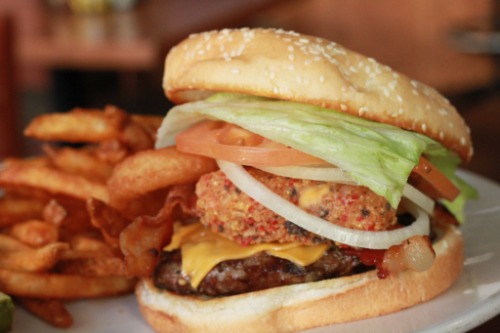
American restaurant portions are frequently described as “enormous” by tourists—and they’re not wrong. A regular entree at a chain restaurant often looks like it could feed an entire family. What’s meant to be a single serving in the U.S. might be split into three meals elsewhere. Some visitors even ask for a to-go box at the start of the meal.
The culture of abundance and “value for money” drives much of this sizing, but it often leads to food waste and confusion. In countries where portion control is more common, the American standard seems excessive. Tourists may also struggle to find appropriately sized options for smaller appetites. It’s both impressive and overwhelming.
10. Endless National Anthems
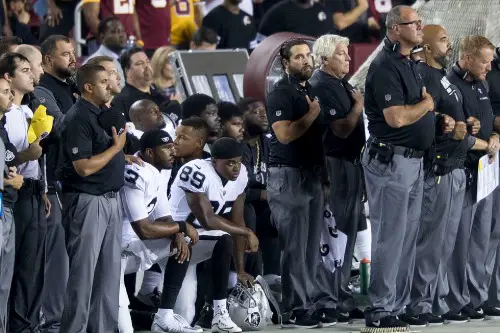
American sports events, school assemblies, and even some movie theaters kick off with “The Star-Spangled Banner,” a tradition that leaves many foreigners puzzled. It’s not typical in other countries to sing the national anthem so frequently or in such informal settings. Tourists may find it overly patriotic or forced, especially when asked to stand or remove their hats. The social pressure to comply can make them feel uncomfortable.
The practice is tied to a long history of national identity and pride, especially in sports. But to someone visiting for the first time, it can feel like a ritual that’s out of place. The anthem is so ingrained in American life that few locals think twice about it. But for visitors, it raises more eyebrows than goosebumps.
11. Prescription Drug Ads on TV

In the U.S., it’s completely normal to see television commercials for prescription medications, complete with smiling families and a laundry list of side effects. But for many tourists, this is downright bizarre—and a bit disturbing. Only the U.S. and New Zealand allow direct-to-consumer drug ads on TV. Watching a commercial that casually ends with “may cause liver failure or death” is not something most travelers are used to.
The sheer number of these ads gives the impression that pharmaceuticals are a consumer good like toothpaste or cereal. It reflects the strong influence of the pharmaceutical industry in American media and politics. Tourists often wonder how people can make informed decisions from flashy commercials. The whole experience makes a pharmacy run feel a lot more complicated than it needs to be.
12. Ice in Everything

Order a drink in the U.S., and you’ll almost always get a glass packed with ice—whether you asked for it or not. Tourists from places where drinks are served chilled but not frozen often find this excessive. It waters down the drink and can make it uncomfortably cold, especially for those not used to it. Some visitors even have to request “no ice” to get a drink they can sip without freezing their teeth.
This preference for super-chilled beverages is so embedded in American dining culture that it’s rarely questioned. It stems from an old belief that colder drinks are more refreshing and hygienic. But to outsiders, it feels like an odd obsession. For some, it’s a minor annoyance—until it turns their soda into a glass of flavored water.
13. Public Restroom Gaps

Tourists frequently point out the baffling gaps in American public restroom stalls—both above, below, and especially on the sides of the doors. These gaps can feel uncomfortably revealing, especially for visitors from countries with fully enclosed stalls. There’s often little privacy, and the design seems to defeat the purpose of a “private” bathroom. Many wonder if the gaps are intentional or just bad design.
Theories abound: easier cleaning, discouraging vandalism, or ensuring safety. But none of them really satisfy foreigners used to more discreet arrangements. For tourists, it’s an awkward, memorable part of their trip. And it inevitably becomes a topic of confused bathroom conversation afterward.
This post 13 “Controversial” Issues in America That Mostly Just Confuse Tourists was first published on American Charm.


